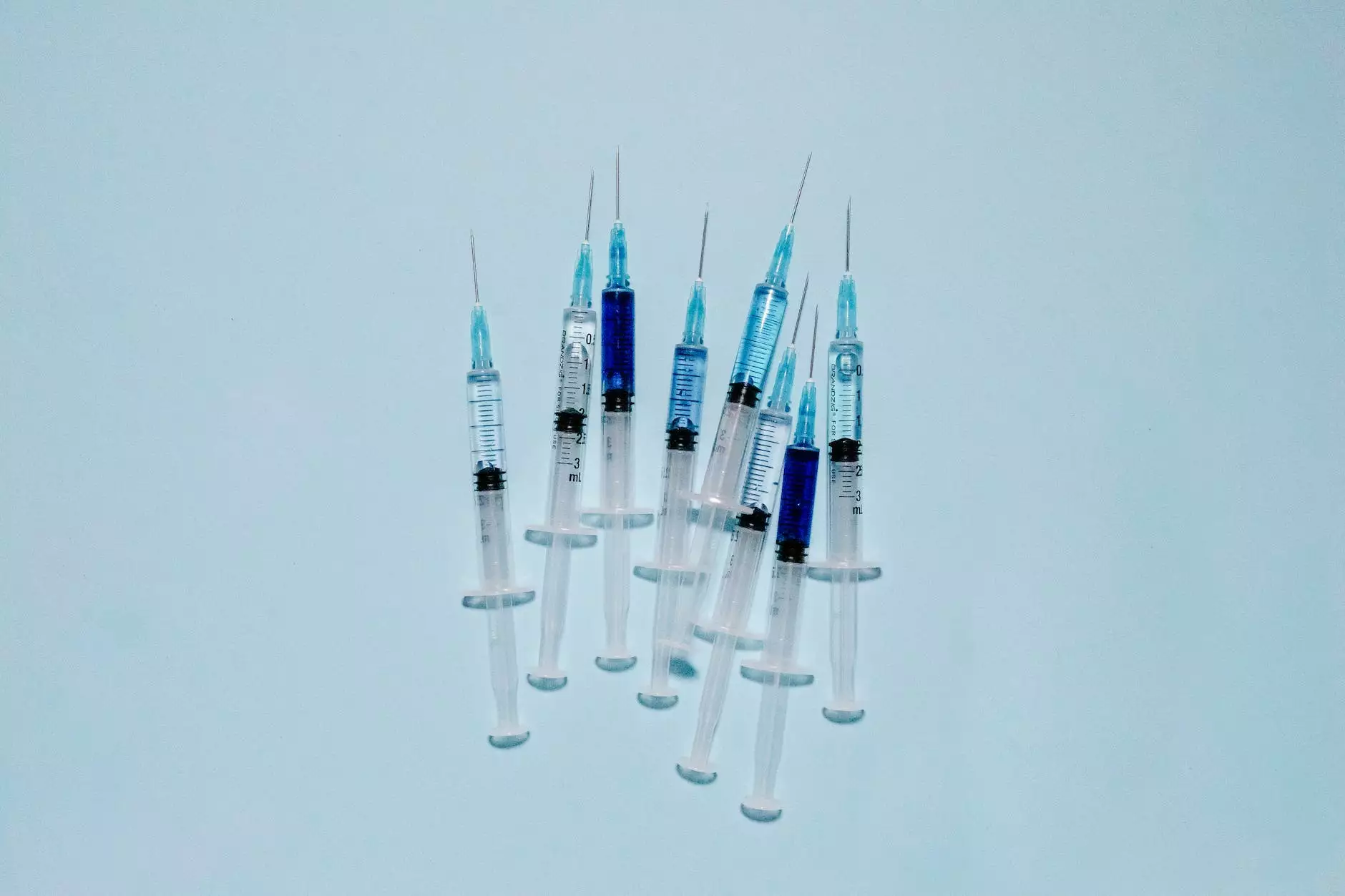How to Store Semaglutide: The Definitive Guide to Ensuring Optimal Efficacy and Safety

Semaglutide is a revolutionary medication widely used for managing type 2 diabetes and aiding in weight loss. Given its effectiveness and cost, it’s crucial to handle and store semaglutide correctly to maintain its potency and ensure safety. Proper storage logistics not only preserve the medication’s efficacy but also prevent accidental misuse or deterioration. In this comprehensive guide, we delve into how to store semaglutide, covering all essential aspects from temperature control to long-term storage, and how to optimize its lifespan while maximizing safety.
Understanding Semaglutide: What Makes Proper Storage Critical?
Semaglutide is a glucagon-like peptide-1 (GLP-1) receptor agonist. It is typically supplied as a pre-filled pen or vial, requiring precise handling. Since it is a peptide-based medication, its stability heavily depends on storage conditions. Exposure to inappropriate temperatures, light, or humidity can compromise the drug's structure, rendering it less effective or potentially unsafe.
Therefore, understanding the pharmacological nature of semaglutide underscores the importance of proper storage techniques. Keeping it within recommended conditions ensures that every dose delivers the expected therapeutic benefits and minimizes waste and health risks.
Optimal Storage Conditions for Semaglutide: Key Temperature and Environment Guidelines
Temperature Guidelines for Semaglutide Storage
- Refrigeration is essential. Store semaglutide between 2°C and 8°C (36°F and 46°F). This temperature range is universally accepted for peptide and biologic medications.
- Do not freeze. Freezing damages the molecular structure of semaglutide, leading to degradation. If it accidentally freezes, discard it properly.
- Room temperature storage. Once in use, it may be kept at room temperature (up to 25°C or 77°F) for a limited period—usually up to 56 days (about 8 weeks)—depending on the manufacturer’s instructions. Always verify this with your specific product guidelines.
- Avoid frequent temperature changes. Rapid fluctuations can cause condensation, impacting medication stability. Store in a consistent, controlled environment.
Light and Humidity Control
Semaglutide should be stored in its original packaging, which provides protection from light. Light exposure can degrade biologics, reducing effectiveness. Similarly, humidity can cause deterioration; always keep the medication dry and avoid storage in humid areas like bathrooms or near sinks.
Proper Storage Containers and Locations
The best practice is to store semaglutide in its original packing within a refrigerator designated solely for medications. This ensures:
- Protection from light due to original opaque packaging.
- Protection from temperature fluctuations by keeping it in a dedicated medication drawer or compartment.
- Safety and security—out of reach of children or pets.
Never store semaglutide in the freezer compartment unless instructed otherwise, and always keep it in an upright position to avoid leakage or damage.
Handling and Storage of Semaglutide During Use
Once opened or in use, specific guidelines ensure the medication remains effective:
- In-use storage: After initial use, store the pen or vial in the refrigerator, ideally in its original packaging to shield from light.
- Room temperature exposure: If necessary, the medication can be kept at room temperature (up to 25°C) for a maximum of 56 days, but check specific product instructions.
- Transporting semaglutide: For travel, keep the medication in a cool, insulated bag with ice packs, avoiding direct contact with ice to prevent freezing and temperature damage.
- Monitoring expiration: Always check expiration dates before use. Discard any medication that has expired or shows discoloration, particles, or an unusual appearance.
Common Mistakes to Avoid When Storing Semaglutide
- Freezing the medication: Leads to structural damage, compromising efficacy.
- Storing at room temperature for too long: Exceeds recommended duration, risking ineffective treatment.
- Exposure to direct sunlight or high temperatures: Can degrade the peptide.
- Keeping in humid environments: Causes potential deterioration due to moisture exposure.
- Misplacing or storing in unsecured areas: Risk of accidental misuse or theft.
How to Properly Dispose of Expired or Unused Semaglutide
Proper disposal of unused or expired semaglutide is vital for safety and environmental reasons:
- Follow local regulations: Many communities have specific medication disposal protocols.
- Use take-back programs: If available, utilize authorized drug disposal services.
- Do not flush or discard in household trash: To prevent environmental contamination or accidental ingestion.
- Dispose securely: In sealed containers, ensuring children or pets cannot access the medication.
Expert Tips for Maintaining the Integrity of Your Semaglutide
Maintaining the potency of semaglutide involves diligent storage and handling:
- Keep in original packaging: Prevents light exposure and accidental mishandling.
- Use a dedicated refrigerator space: Separate from food items to avoid cross-contamination and accidental use.
- Monitor temperature regularly: Use a refrigerator thermometer to ensure consistent conditions.
- Avoid temperature fluctuations: Limit the number of times the medication is taken out of refrigeration.
- Adhere to expiration dates: Always use medication within the approved timeframe for safety.
Important Considerations for Pharmacists and Healthcare Providers
Pharmacists and healthcare providers play a critical role in advising patients on how to store semaglutide. They should:
- Educate patients on proper storage conditions.
- Communicate the importance of temperature control and light protection.
- Recommend suitable storage containers and environments at home.
- Inform patients about the correct disposal methods.
- Address queries related to travel storage and handling during busy schedules.
Conclusion: Safe and Effective Storage for Semaglutide
Proper storage of semaglutide is essential for maintaining its therapeutic efficacy, safety, and shelf life. Always keep the medication refrigerated between 2°C and 8°C, protect it from light and humidity, and avoid freezing or exposing it to excessive heat. By following these detailed guidelines, patients and healthcare providers can ensure optimal results, reduce waste, and promote safety.
For more expert advice and professional assistance concerning how to store semaglutide or related medications, visit skinny-quick.net. We are committed to supporting your health journey with accurate, reliable, and up-to-date information.









